20 Easy Substitutes for Common Cooking Ingredients
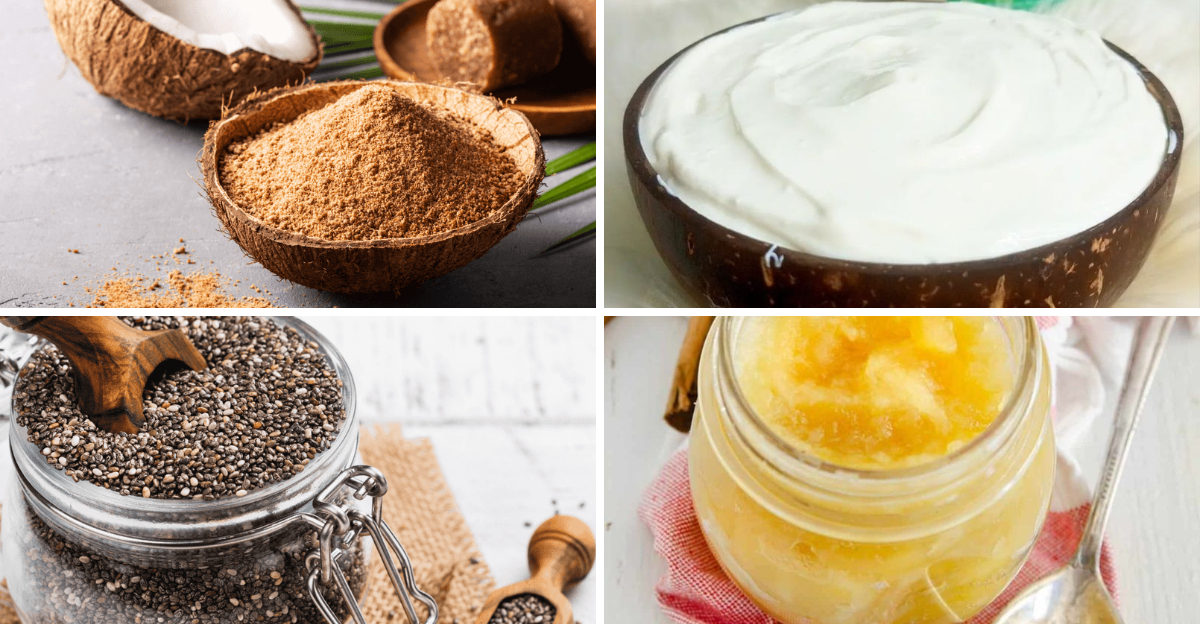
Cooking can sometimes feel like an intricate puzzle, especially when you find yourself missing a crucial ingredient. In this guide, we explore a diverse array of substitutes for common cooking ingredients. From the classic alternatives to the more unexpected, these substitutions will help keep your kitchen endeavors on track. With everything from traditional options to wild cards, you’ll never be left in a culinary lurch again.
1. Mashed Avocado for Butter

Imagine you’re ready to bake and suddenly realize you’re out of butter. A ripe avocado can be your ally here. Known for its creamy texture and healthy fats, mashed avocado provides moisture and richness to baked goods like muffins and cookies. While avocado’s flavor is mild, it does add a subtle earthy undertone. For every cup of butter, use about a cup of mashed avocado. Remember to consider the dish’s cooking temperature, as avocado may behave differently under high heat. Using avocado is a great way to add some healthy fats to your diet. Consider trying this swap in sweet and savory dishes alike. It’s a simple way to make your baking a bit more wholesome without sacrificing texture. Give it a try next time.
2. Applesauce for Oil
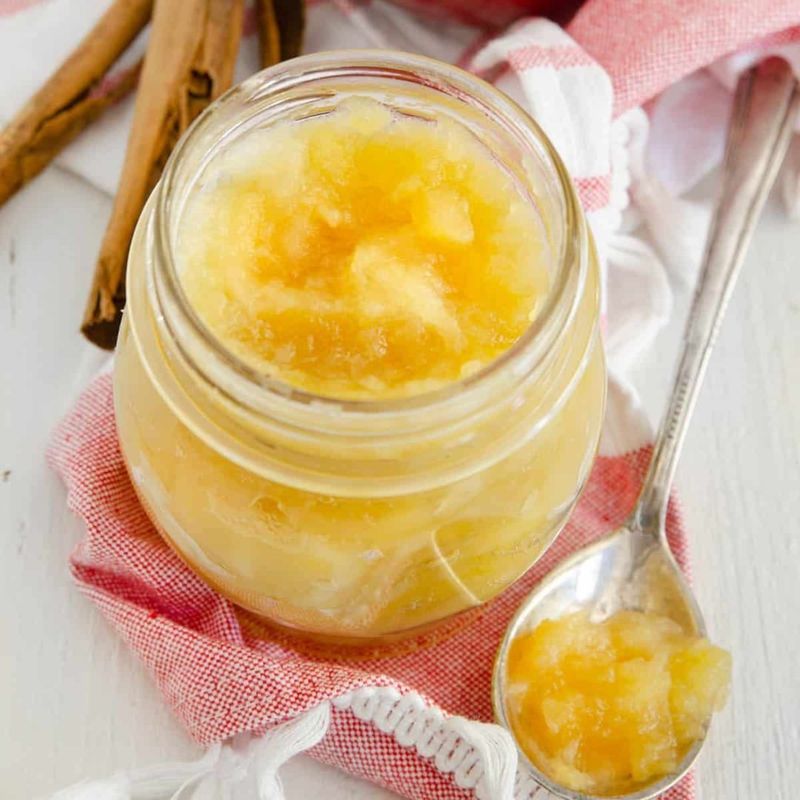
Substituting applesauce for oil might seem unusual, especially if you’re not used to swapping out fat for fruit. Yet, applesauce is an excellent alternative, particularly in baking. It helps retain moisture while reducing the calorie content of your treats. Use unsweetened applesauce to keep the sugar levels in check. In cakes, muffins, and pancakes, swap equal parts of oil with applesauce. The natural sweetness of applesauce can also subtly enhance the flavor profile of your baked goods. Be cautious, though; it may alter the texture slightly, making it denser. It’s an ideal substitute for those seeking to cut down on fat without losing moisture. This option is also vegan-friendly, enhancing the appeal for diverse dietary preferences.
3. Greek Yogurt for Sour Cream
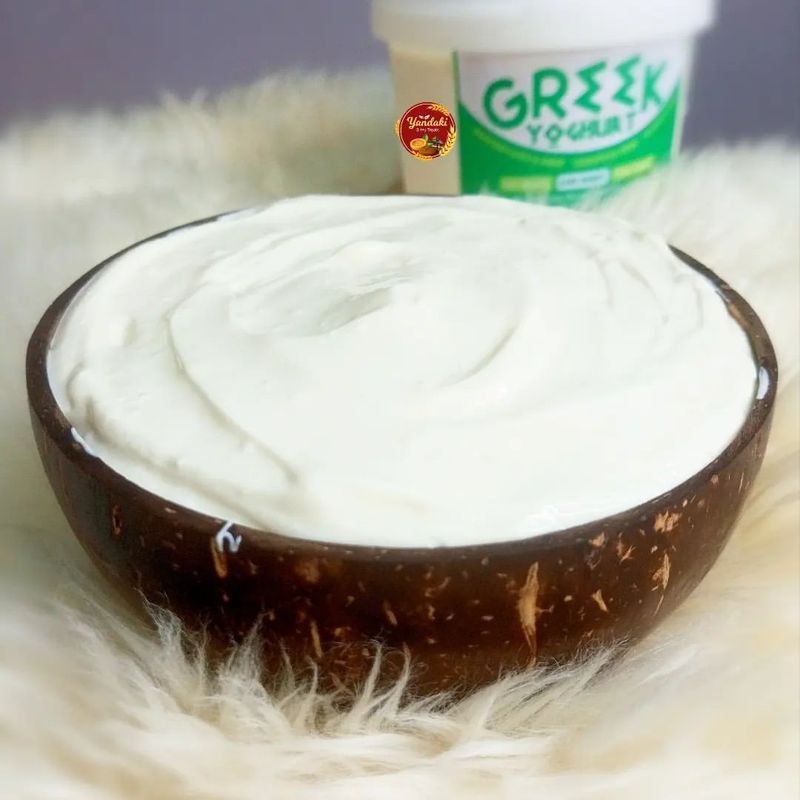
When you run out of sour cream, Greek yogurt stands as a versatile and healthier alternative. Rich in protein and probiotics, Greek yogurt offers a similar tangy flavor and creamy texture. It’s excellent for dolloping on tacos, blending into dips, or swirling into soups. For most recipes, you can replace sour cream with Greek yogurt in a 1:1 ratio. Its lower fat content also makes it a lighter option. The consistency might be slightly thicker, but this can be adjusted with a touch of milk or water. Incorporating Greek yogurt is a fantastic way to boost the nutritional content of a dish. It complements both sweet and savory recipes, making it a staple in many kitchens.
4. Chia Seeds for Eggs
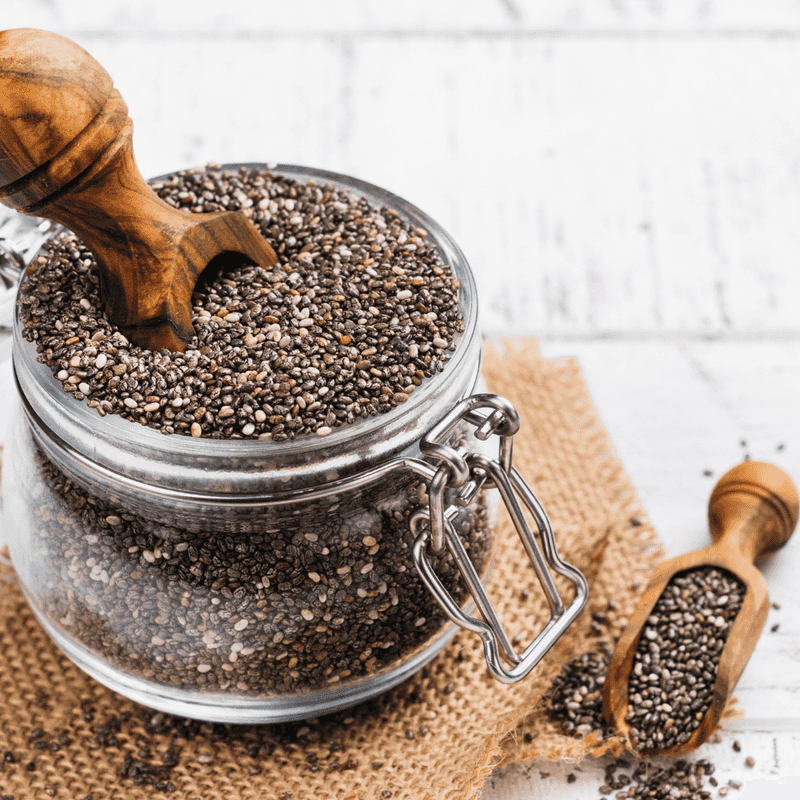
If you’re ever in need of an egg replacement, chia seeds are surprisingly effective. These tiny seeds can be mixed with water to make a gel-like consistency, mimicking the binding properties of eggs. To substitute, mix one tablespoon of chia seeds with three tablespoons of water and let it sit for about 15 minutes. This mixture can replace one egg in recipes like pancakes or cookies. Though chia seeds don’t offer the same leavening as eggs, they do add fiber and omega-3 fatty acids. This swap works best in recipes where eggs act as a binder rather than a leavener. It’s a wonderful option for those with dietary restrictions or allergies. Chia seeds are vegan-friendly and add a slight crunch when used in baked goods.
5. Coconut Milk for Cream
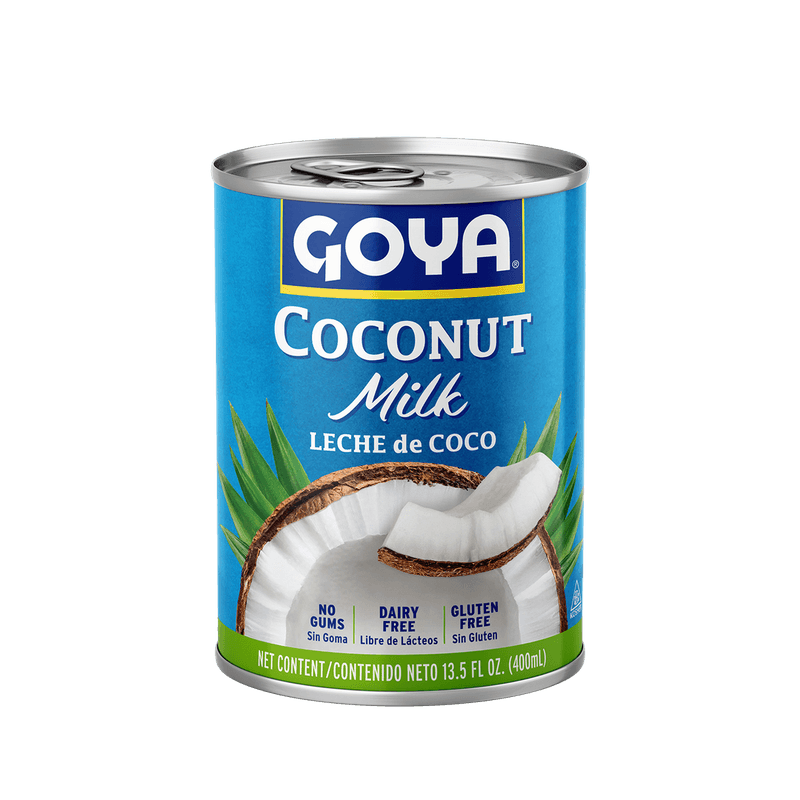
Coconut milk is a fantastic alternative to cream, providing a rich and creamy texture with a hint of coconut flavor. This swap is particularly popular in curries, soups, and desserts, where it adds a luscious element. Full-fat coconut milk is the best choice to achieve a similar consistency to cream. Use it in a 1:1 ratio for most recipes, but remember that the coconut flavor will be present. This can enhance recipes with complementary flavors like chocolate or spices. Coconut milk is dairy-free, making it suitable for lactose-intolerant individuals or those following a vegan diet. It’s a versatile ingredient that can transform a dish, adding an exotic touch. Just be sure to shake the can well before using for the best texture.
6. Cauliflower Rice for Rice

For those looking to reduce their carbohydrate intake, cauliflower rice is a wonderful substitute for traditional rice. Made by grating or processing cauliflower into rice-sized pieces, it provides a similar texture without the carbs. This vegetable-based option is great for stir-fries, curries, or as a side dish. While it lacks the exact flavor of rice, it absorbs the flavors of accompanying ingredients well. To prepare, simply cook the cauliflower rice with a bit of oil until tender. It’s a nutritious swap that’s high in fiber and vitamins C and K. Cauliflower rice is also gluten-free and can be a delightful addition to a low-carb or gluten-free diet. Experiment with different seasonings to enhance its flavor profile.
7. Zucchini Noodles for Pasta
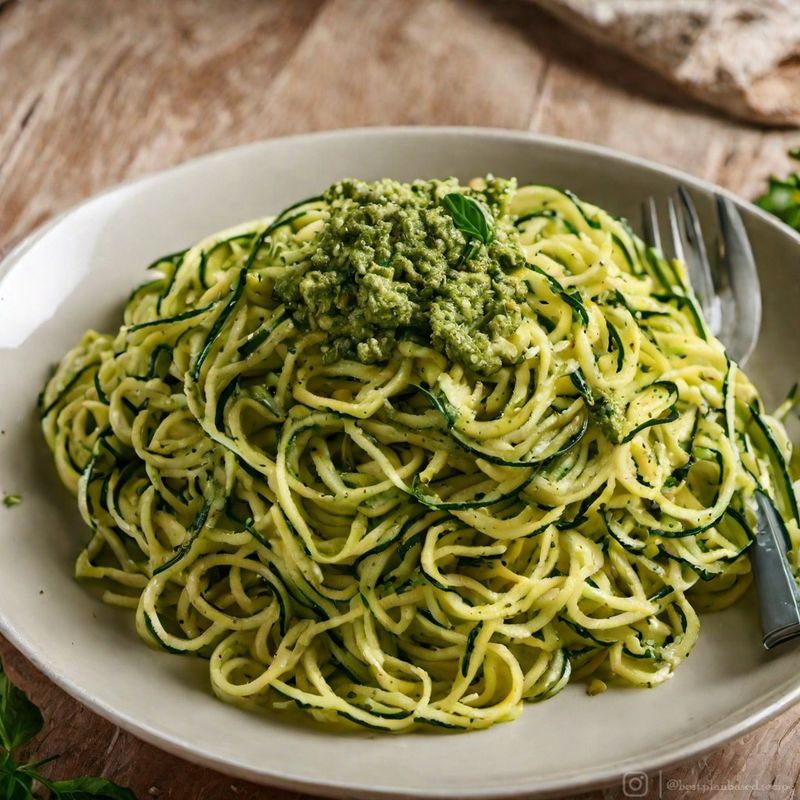
Zucchini noodles, or “zoodles,” offer a light and refreshing alternative to traditional pasta. These spiralized vegetables are an excellent choice for those seeking a low-carb or gluten-free option. Zoodles can be enjoyed raw or briefly cooked for a tender texture. They work well with a variety of sauces, from marinara to pesto, absorbing flavors beautifully. Use a spiralizer to make even, noodle-like strands of zucchini. While they don’t replicate the exact taste of pasta, they offer a satisfying crunch and freshness. Zucchini is rich in vitamins A and C, making this swap nutritious as well as delicious. It’s a fantastic way to enjoy a guilt-free pasta experience, accommodating dietary preferences without sacrificing taste.
8. Silken Tofu for Cream Cheese
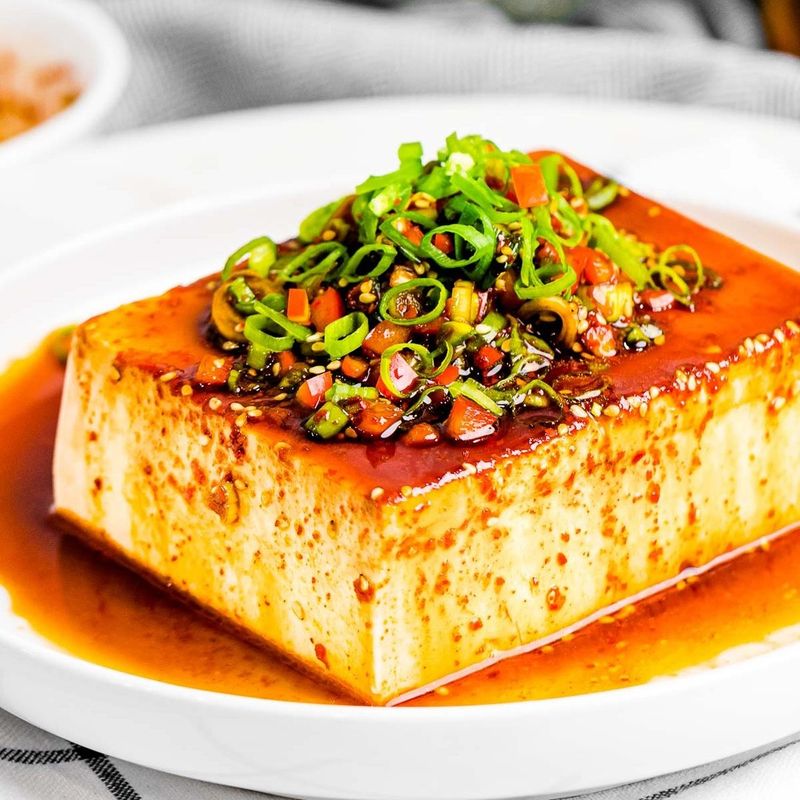
Silken tofu is an unexpected yet versatile substitute for cream cheese. Its smooth texture makes it suitable for both sweet and savory recipes. To use, blend silken tofu until smooth, then incorporate it into recipes like cheesecakes, dips, or frosting. It provides a creamy consistency without the dairy, making it ideal for vegan diets. Silken tofu has a mild flavor, allowing it to easily adapt to different recipes. Its protein content is an added bonus, supporting a balanced diet. For a tangier flavor, consider adding lemon juice or nutritional yeast. This swap is excellent for those with lactose intolerance or anyone seeking a plant-based alternative. It’s a creative solution that doesn’t compromise on creaminess.
9. Banana for Sugar

When looking for a natural sweetener, bananas offer a wholesome alternative to sugar. Ripe bananas bring natural sweetness and moisture to recipes like muffins, pancakes, and smoothies. They can replace sugar in a 1:1 ratio, though the flavor will be altered slightly. Bananas also bring additional nutrients, such as potassium and vitamin C, to your dishes. When baking, the texture may become denser due to the banana’s binding properties. Additionally, using bananas reduces the overall calorie content, making it a healthier choice. It’s a delightful way to add flavor and nutrition to your recipes. Opt for overripe bananas for the sweetest result. This substitution is particularly appealing to those looking to reduce refined sugar intake.
10. Almond Milk for Milk
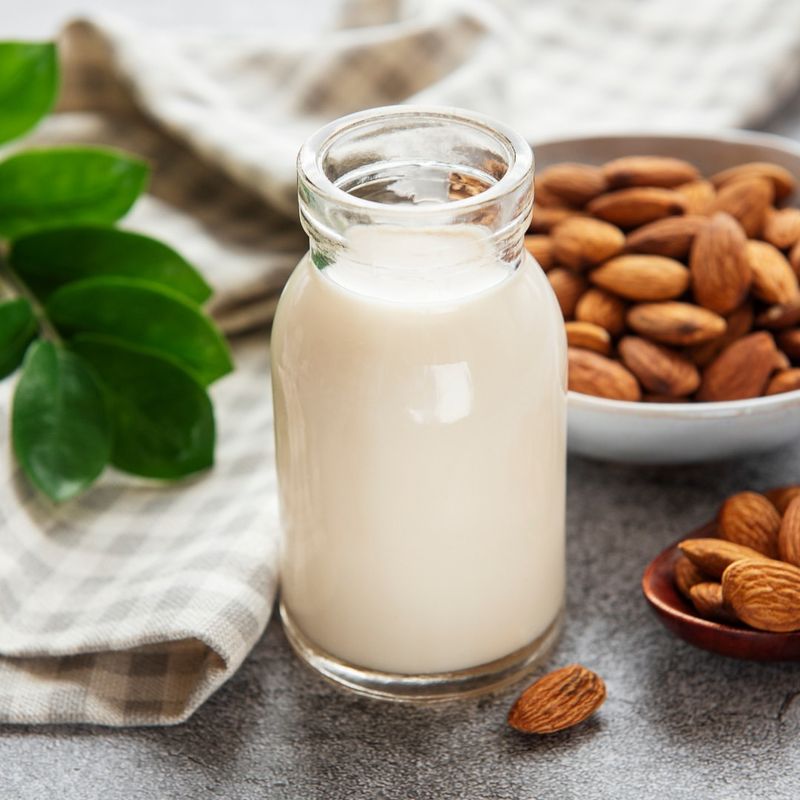
Almond milk is a popular dairy-free alternative to cow’s milk, known for its nutty flavor and creamy texture. It’s suitable for drinking, cooking, and baking, and can be used in a 1:1 ratio in most recipes. Almond milk is lower in calories compared to cow’s milk, and it’s often fortified with vitamins D and E. However, it lacks protein, so consider this when using it as a milk substitute. It’s a fantastic option for those with lactose intolerance or dairy allergies. The subtle almond taste can enhance sweet dishes, but may not be suitable for all recipes. Always opt for unsweetened varieties to control the sugar content. Almond milk is a versatile choice, fitting a variety of dietary needs and preferences.
11. Coconut Sugar for Brown Sugar
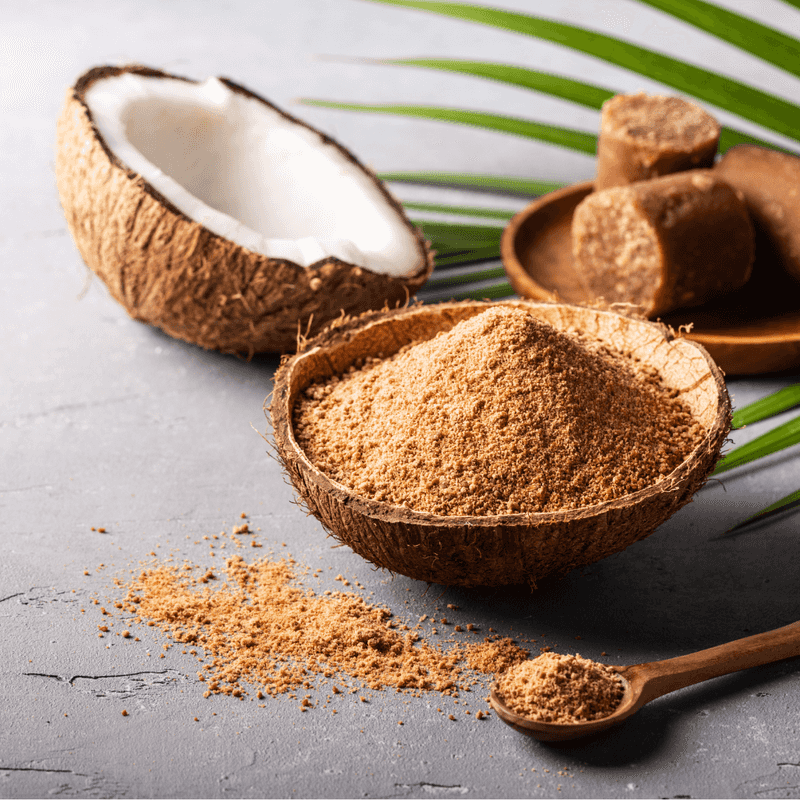
Coconut sugar is a natural sweetener derived from the sap of coconut palm flowers. It’s a great substitute for brown sugar, offering a similar caramel-like flavor. Use it in a 1:1 ratio in recipes. Coconut sugar has a lower glycemic index than regular sugar, making it a better choice for those monitoring their blood sugar levels. It also contains trace amounts of vitamins and minerals, adding a small nutritional boost. While the flavor profile is similar, coconut sugar doesn’t have the moisture content of brown sugar, so it might not yield the same texture in baked goods. Consider adding a bit of apple cider vinegar or molasses to compensate. It’s a wholesome alternative for those looking to replace refined sugars.
12. Pumpkin Puree for Eggs

Pumpkin puree is an innovative substitute for eggs in baking, especially in recipes that require moisture and binding. Use a quarter cup of pumpkin puree to replace one egg. This swap works well in muffins, cakes, and quick breads, adding a subtle pumpkin flavor and a rich, moist texture. Pumpkin is high in fiber and vitamins A and C, enhancing the nutritional value of your baked goods. While it won’t provide the same leavening effect as eggs, it contributes to a denser, flavorful outcome. This replacement is particularly useful during the fall season, when pumpkin is abundant and cravings for its flavor are at their peak. It’s a excellent choice for vegan or egg-free diets, offering a delightful twist to classic recipes.
13. Aquafaba for Egg Whites
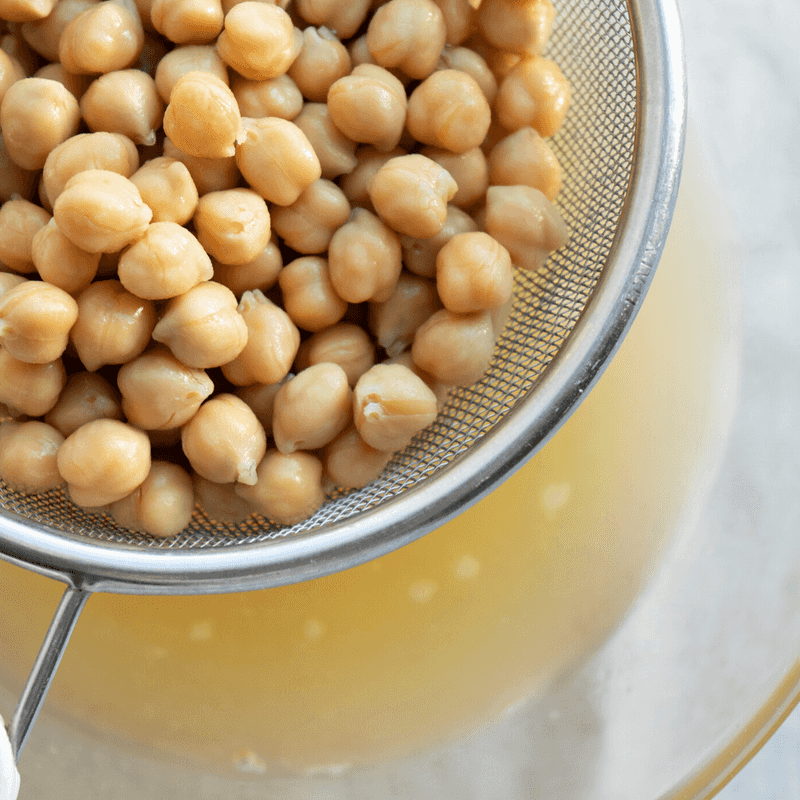
Aquafaba, the liquid from canned chickpeas, is a surprising substitute for egg whites. It’s ideal for recipes that need a whipped texture, like meringues or mousses. To substitute, use three tablespoons of aquafaba for each egg white. Whip it just like you would egg whites to achieve a light and airy consistency. This plant-based option is excellent for vegan and allergy-friendly dishes. Aquafaba doesn’t impart any chickpea flavor, allowing it to blend seamlessly into sweet and savory recipes. Its binding properties also make it useful in other baking applications. This innovative swap is gaining popularity among bakers seeking to avoid eggs. It’s a creative and sustainable option, using a typically discarded ingredient to its full potential.
14. Cabbage Leaves for Tortillas
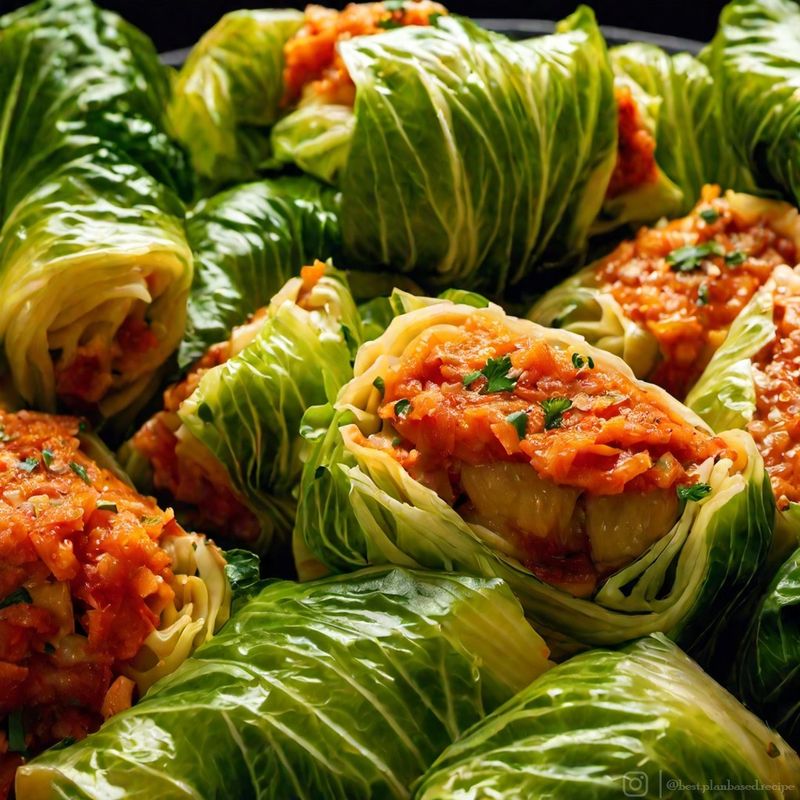
Cabbage leaves offer a creative and low-carb alternative to tortillas. Their sturdy structure makes them excellent for wraps and roll-ups. Simply blanch the leaves to make them more pliable, then fill them with your favorite ingredients. While the taste differs from traditional tortillas, cabbage leaves provide a refreshing crunch and are rich in vitamins K and C. This swap is ideal for those pursuing a gluten-free or low-carb lifestyle. It’s also a great way to increase your vegetable intake. Cabbage leaves can hold a variety of fillings, from savory meats to fresh veggies, making them a versatile choice for meals. Experiment with different cabbage varieties for unique flavors and textures in your wraps.
15. Nutritional Yeast for Cheese

Nutritional yeast is a deactivated yeast that offers a savory, cheese-like flavor, making it an excellent substitute for cheese. It’s popular in vegan cooking, providing a nutrient-rich addition to meals. Sprinkle it over popcorn, pasta, or salads for a cheesy taste without the dairy. Nutritional yeast is high in B-vitamins and sometimes fortified with B12, making it a nutritious choice. Its unique flavor profile can enhance a variety of dishes, offering a nutty, cheesy taste. Use it to make vegan cheese sauces or as a seasoning. While it won’t melt like cheese, it provides a satisfying alternative for those with dietary restrictions. It’s a versatile ingredient that can add depth and flavor to your cooking.
16. Ricotta Cheese for Cottage Cheese
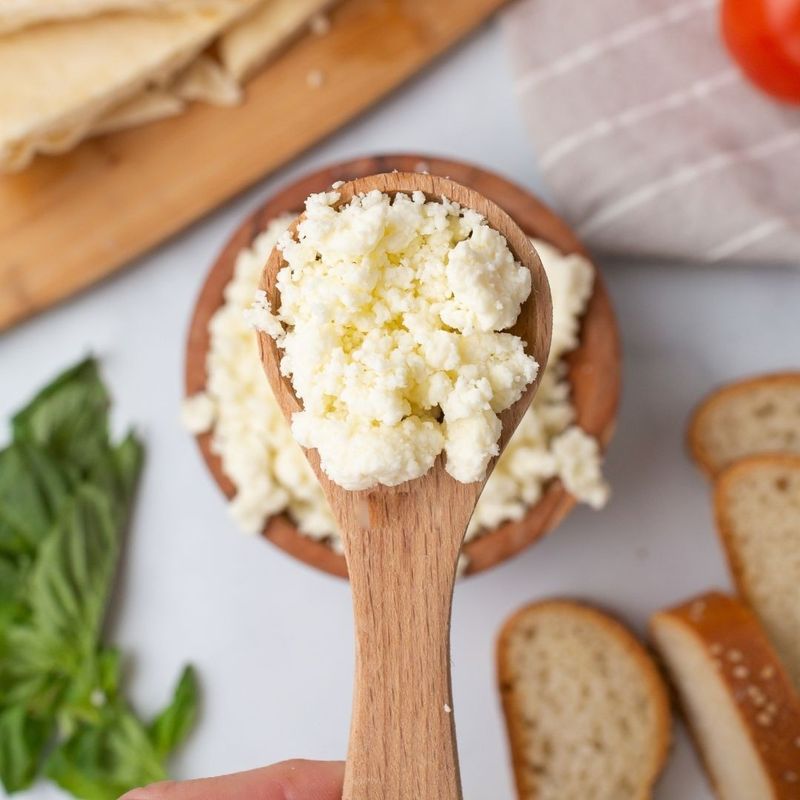
Ricotta cheese can easily stand in for cottage cheese in many dishes, offering a similar texture and mild flavor. It’s excellent for lasagnas, casseroles, or desserts like cheesecakes. Ricotta is creamier and less salty than cottage cheese, providing a smooth consistency that blends well with various ingredients. Replace cottage cheese with an equal amount of ricotta in recipes. This swap is particularly appealing in Italian dishes, where ricotta is a traditional staple. It’s a rich source of protein and calcium, supporting a balanced diet. While the flavor is slightly different, ricotta’s creamy texture makes it a delightful alternative. It’s a great option for those looking to try something new in their culinary creations, without drastically changing the dish’s outcome.
17. Coconut Flour for Wheat Flour
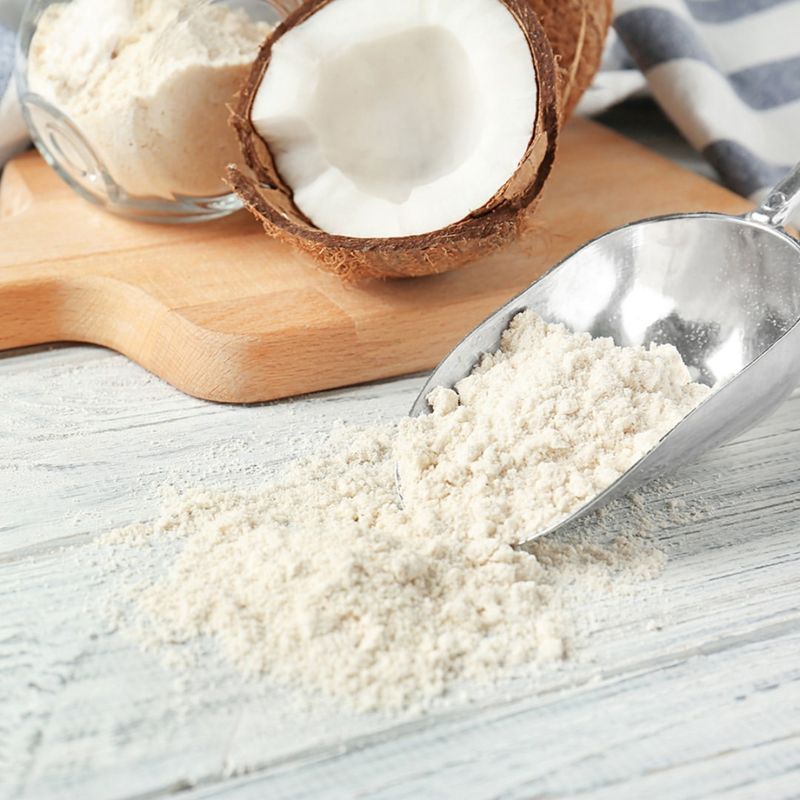
Coconut flour is a gluten-free alternative to wheat flour, offering a unique flavor and texture to baked goods. It’s highly absorbent, so you’ll need less of it in recipes—typically one-quarter to one-third of the amount of wheat flour. Coconut flour is rich in fiber and healthy fats, making it a nutritious choice for baking. Its subtle coconut flavor can enhance sweet recipes like cakes and muffins. However, it can be challenging to work with due to its absorbency, often requiring additional liquid or eggs. This swap is ideal for those following a gluten-free or low-carb diet. Experimenting with coconut flour can lead to deliciously unique results, though it may take some practice to excellent.
18. Maple Syrup for Honey

Maple syrup is an excellent substitute for honey, offering a similar sweetness with a distinct maple flavor. It’s ideal for sweetening beverages, baked goods, or drizzling over pancakes and waffles. Use it in a 1:1 ratio, but remember that its liquid consistency may slightly alter the texture of your recipes. Maple syrup is vegan-friendly and contains antioxidants and minerals like zinc. While the flavor profile is different from honey, it can add a unique touch to your dishes. It’s a great option for those avoiding honey due to dietary restrictions or allergies. Maple syrup’s rich taste can enhance both sweet and savory recipes, providing a versatile sweetening solution in the kitchen.
19. Oatmeal for Bread Crumbs
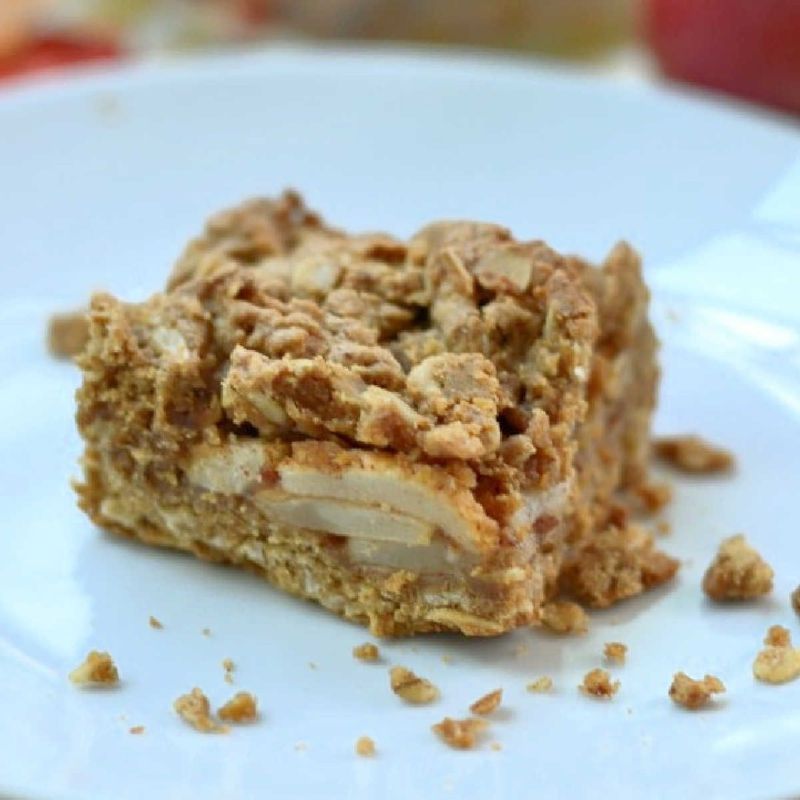
Oatmeal can be a wonderful substitute for bread crumbs, offering a hearty texture and mild flavor. It’s ideal for binding ingredients in meatballs, meatloaves, or as a coating for fried foods. Use rolled oats or quick oats, pulsed briefly in a food processor for a finer texture. Oatmeal is gluten-free, making it suitable for those with gluten sensitivities, provided you use certified gluten-free oats. It also adds fiber and nutrients to your dishes. While the texture is slightly different from traditional bread crumbs, oats absorb flavors well and provide a satisfying crunch. This swap is especially useful for those seeking a healthier alternative to bread crumbs. It’s a simple and effective way to enhance the nutritional profile of your meals.
20. Cashew Cream for Heavy Cream
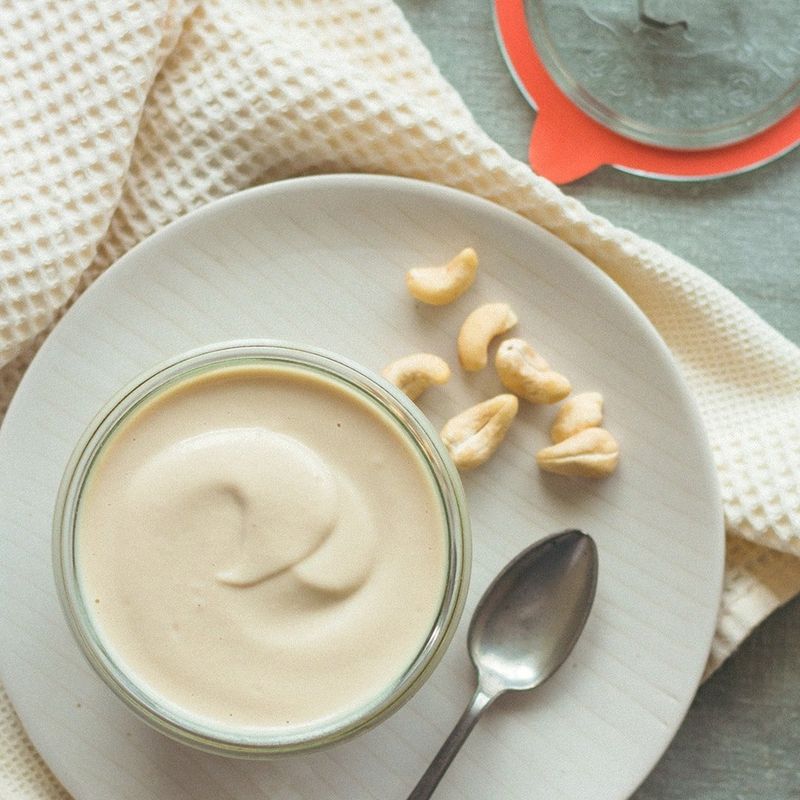
Cashew cream is a versatile and nutritious alternative to heavy cream. Made by blending soaked cashews with water, it offers a creamy texture suitable for both sweet and savory dishes. Use it in soups, sauces, or desserts for a dairy-free option. The neutral flavor of cashew cream allows it to adapt to various recipes, providing richness without overwhelming other flavors. It’s particularly popular in vegan cooking, offering a plant-based substitute that’s high in healthy fats. To prepare, simply soak cashews overnight and blend with water until smooth. This swap is ideal for those looking to reduce dairy intake while maintaining a creamy consistency in their dishes. It’s a creative and delicious way to enjoy creamy textures without using traditional cream.
